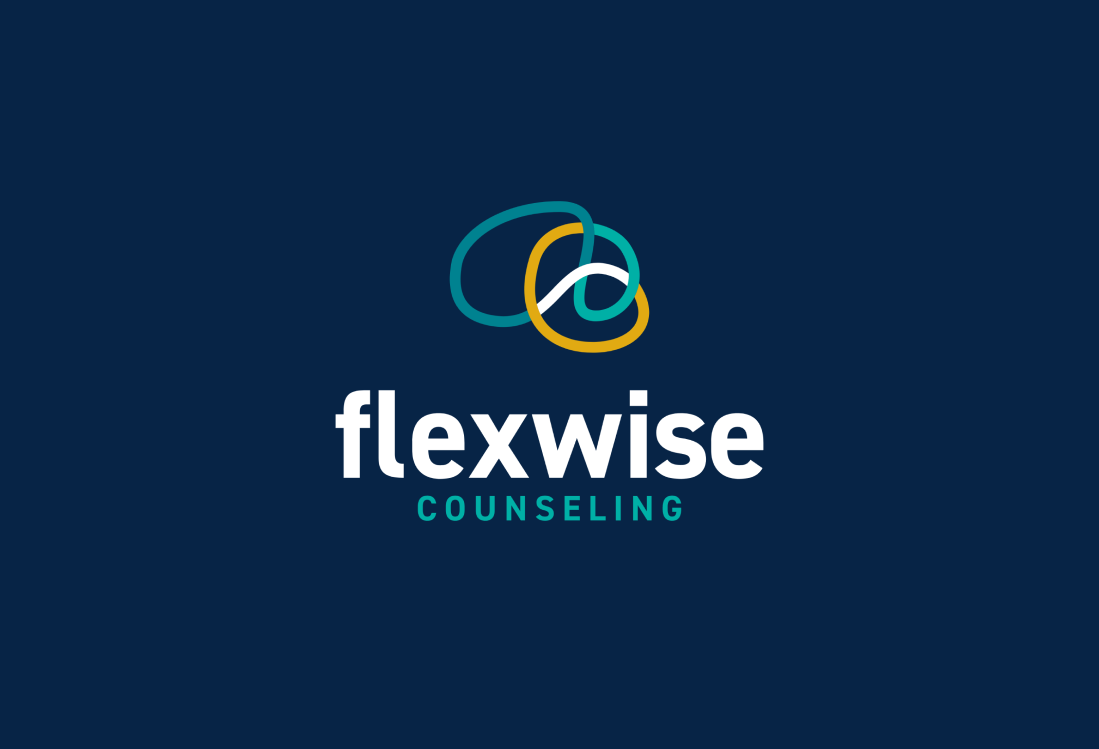
The Role of Design in Building Trust
A professionally designed website plays a crucial role in establishing trust with potential clients. This trust is essential for therapists, as clients often seek counseling for sensitive issues and need to feel confident in their choice of professional. A website that reflects the therapist’s professionalism and approach can help bridge this gap, providing a sense of reassurance and credibility before the first session.
82%
According to recent studies, 82% of potential clients are more likely to trust a therapist who has a well-designed website.
Enhancing Client Conversion Rates
Clear and effective design elements, such as well-placed call-to-action (CTA) buttons, significantly impact client conversion rates. For therapists, having a website that not only attracts visitors but also converts them into clients is critical for the growth and success of their practice.
50%
Websites that incorporate clear CTAs see a 50% increase in client conversions, as they guide visitors toward taking specific actions, such as booking an appointment or contacting the therapist for more information.


Maintaining Client Engagement
A well-designed therapist website also plays a vital role in client retention. Sites that are aesthetically pleasing and easy to navigate keep visitors engaged, reducing bounce rates. This is particularly important for mobile users, who may leave a site if it doesn’t load correctly on their device.
65%
Implementing responsive design on a therapist’s website can reduce bounce rates by 65%, ensuring that visitors stay on the site longer and explore the available content.
Incorporating Client Testimonials and Success Stories
Effective Use of Testimonials
When showcasing testimonials, it’s important to highlight specific outcomes or improvements that clients have experienced. For example, a testimonial might detail how a client’s anxiety significantly decreased after several therapy sessions or how couples counseling helped improve communication in a marriage. Including the client’s first name and a photo (with permission) can make the testimonial feel more personal and relatable. Organizing testimonials by service type, such as individual therapy or family counseling, can also help potential clients find relevant stories that resonate with their needs.
The Power of Social Proof
Client testimonials and success stories are powerful tools for building trust and credibility on a therapist’s website. Potential clients often seek reassurance that a therapist can help them with their specific issues, and seeing the positive experiences of others can provide that reassurance. According to recent studies, 82% of potential clients are more likely to trust a therapist with a professionally designed website that includes testimonials, as it provides social proof of the therapist’s effectiveness and professionalism.
Sharing Success Stories
Beyond testimonials, success stories offer a more in-depth look at how your therapy services have positively impacted clients. These stories can detail the journey of a client, from their initial struggles to their progress and eventual success. For example, a success story might describe how a client overcame severe depression through a combination of cognitive-behavioral therapy (CBT) and regular sessions. Including these stories on your website not only highlights your expertise but also inspires potential clients by showing that change and improvement are possible.
Planning Your Website Structure and Navigation
Creating a User-Friendly Layout
A clear and intuitive website structure is essential for providing a positive user experience. Visitors should be able to easily navigate the site and find the information they need without confusion. A well-organized site map, with a logical flow from the homepage to key pages like Services, About, and Contact, ensures that users can quickly locate the details they are looking for. This is particularly important for therapy websites, where potential clients may be seeking information about specific issues or services.

Importance of Simple and Clear Navigation
Effective navigation is a key component of a successful therapist website. Menus should be simple and clear, with links to all the essential pages prominently displayed. A drop-down menu can be useful for organizing content without overwhelming the visitor, especially if your practice offers a wide range of services. Additionally, including a search bar can help users quickly find specific topics, such as blog posts on anxiety or information about a particular therapy approach.

Enhancing User Experience with Flow
The flow of your website should guide visitors naturally from one section to the next, leading them toward taking action, such as booking an appointment or filling out a contact form. This involves strategically placing CTAs throughout the site, ensuring that each page has a clear purpose and that users know what steps to take next. Websites with clear call-to-action buttons are shown to increase client conversion rates by 50%, highlighting the importance of a well-planned structure.
What Makes a Therapist Website Impactful?
Designing User-Friendly Contact & Appointment Forms
Importance of Accessibility and Ease of Use
Contact and appointment forms are crucial touch points on a therapist’s website, allowing potential clients to easily reach out or book sessions.
These forms should be easy to find, simple to fill out, and accessible from multiple pages on the site. Ensuring that your forms are mobile-friendly is also essential, as a significant number of users may access your website from a smartphone or tablet.
Key Features of Effective Forms
Effective contact and appointment forms are streamlined and ask only for essential information, such as the client’s name, contact details, and a brief description of their needs. Including drop-down menus for selecting services or appointment times can simplify the process for users. Clear instructions and a confirmation message after submission are also important, providing reassurance that their information has been received and that they can expect a prompt response.
Enhancing User Experience with Design
The design of your forms should align with the overall aesthetic of your website, using consistent colors, fonts, and spacing. Placing the form within a well-defined section of the page helps to draw attention to it, while keeping the design clean and uncluttered ensures that users can complete it with ease. Remember, forms that are too complex or difficult to use can lead to higher abandonment rates, so simplicity and user-friendliness are key.
Integration of Blogging and Resources Section
Benefits of a Blogging Section
Adding a blog to your therapist website provides several benefits, including the opportunity to share valuable insights, build credibility, and improve SEO. A blog allows you to address common questions and concerns that potential clients might have, such as coping strategies for anxiety or tips for improving communication in relationships. Therapists who regularly update their blog content receive 60% more organic traffic, as fresh content helps improve search engine rankings and keeps visitors engaged.
Creating Valuable Content
When writing blog posts, focus on topics that are relevant to your target audience and that demonstrate your expertise in the field. Posts can cover a wide range of subjects, from specific therapy techniques to general mental health tips. For example, you might write about the benefits of mindfulness practices or how to manage stress during challenging times. Providing actionable advice and insights can help establish you as a trusted resource and encourage readers to explore your services further.
Organizing the Resources Section
In addition to a blog, a well-organized resources section can offer valuable information to your website visitors. This section might include downloadable guides, links to relevant articles, or videos explaining therapeutic concepts. For example, you could provide a guide on what to expect in the first therapy session or a video explaining the difference between various types of therapy. Offering these resources helps to educate potential clients and can be a deciding factor in choosing your services.
Defining Your Target Audience
Identifying Your Ideal Clients
Understanding who your website is for is the first step in creating a successful therapist website. Whether your practice focuses on family therapy, couples counseling, or individual psychotherapy, defining your target audience allows you to tailor your content, design, and messaging to meet their specific needs. For example, a website targeting couples therapy might emphasize relationship-building techniques and conflict resolution, while a site for anxiety treatment could focus on stress management and coping strategies.
Crafting Tailored Content
Once you’ve identified your target audience, the next step is crafting content that resonates with them. This involves using language that speaks directly to their concerns, such as addressing common issues they might be facing and offering insights into how therapy can help. Tailored content helps to build a connection with potential clients, making them feel understood and valued. Additionally, by focusing on the specific needs of your audience, you can position your practice as a specialist in those areas, further enhancing your credibility.
Designing for Audience Engagement
Design elements such as color schemes, typography, and imagery should also reflect the preferences and needs of your target audience. For instance, a calming color palette might be ideal for a therapy website focusing on stress relief, while a more vibrant design could appeal to younger audiences seeking life coaching. The goal is to create a website that feels welcoming and relevant to your audience, encouraging them to explore your services further and ultimately reach out for an appointment.
Choosing the Right Color Scheme and Typography
The Psychology of Color in Website Design
Color plays a significant role in the emotional impact of a website. For therapists, choosing a color scheme that evokes a sense of calm, trust, and professionalism is crucial. Soft, muted tones like blues and greens are often associated with tranquility and healing, making them ideal for therapy websites. These colors can help create a soothing environment that reassures visitors and encourages them to explore the site further.
Typography and Readability
Typography is another critical aspect of website design, affecting both the readability and overall aesthetic of the site. Fonts should be easy to read across all devices, with clear distinctions between headings, subheadings, and body text. A combination of serif and sans-serif fonts can create a professional look while ensuring that the content is accessible to all users. The size and spacing of text are also important, as they contribute to the overall user experience by making the content easy to digest.
Consistency in Branding
Maintaining consistency in color and typography across all pages of the website helps to reinforce your brand identity. This includes using the same color palette and fonts in your logo, headings, and CTAs. Consistency in branding not only enhances the professional appearance of your site but also helps to build trust with visitors. A well-branded website is more likely to leave a lasting impression, encouraging visitors to return and engage with your content.
Showcasing Your Services and Specializations
Detailed Service Descriptions
Clearly describing the services and specializations offered by your practice is essential for helping potential clients understand how you can meet their specific needs. Each service should have its dedicated page or section, with detailed descriptions that explain what the service involves, who it’s for, and what clients can expect. For example, if you offer cognitive-behavioral therapy (CBT) or family therapy, provide an overview of the techniques used, the types of issues it addresses, and the benefits clients might experience.
Highlighting Specializations
Specializations, such as trauma-focused therapy or couples counseling, should be prominently featured on your website. Highlighting these areas of expertise not only attracts clients looking for specific services but also establishes your practice as a leader in those fields. Providing case studies, blog posts, or testimonials related to these specializations can further enhance your credibility and appeal to potential clients who need those services.
Visual and Interactive Elements
Incorporating visual elements such as images, videos, or infographics can make your service pages more engaging and informative. For example, a short video explaining your approach to therapy can help potential clients feel more comfortable and informed about what to expect. Interactive elements like clickable tabs or expandable sections can also help organize the information, making it easier for visitors to find what they’re looking for without feeling overwhelmed.
Optimizing Your Website for Search Engines (SEO)
Importance of SEO for Therapist Websites
Search engine optimization (SEO) is crucial for increasing the visibility of your therapist website in search engine results, making it easier for potential clients to find you online. Effective SEO strategies include optimizing website content with relevant keywords, improving site speed, and ensuring that the website is mobile-friendly. Websites that load within 2 seconds have a 78% higher chance of retaining visitors and reducing bounce rates, which is essential for keeping potential clients engaged.
Keyword Optimization and Content Strategy
Incorporating relevant keywords, such as “therapist website design,” “therapy services,” and “mental health counseling,” throughout your site content can help improve your search engine rankings. This includes optimizing headings, meta descriptions, and alt text for images. Regularly updating your website with new content, such as blog posts, also helps to keep your site relevant and improves your chances of ranking higher in search results.
Technical SEO Considerations
Beyond content, technical SEO factors like site speed, mobile optimization, and secure HTTPS connections play a significant role in your website’s performance. Implementing responsive design reduces bounce rates by 65%, ensuring that your site functions well on all devices. Additionally, using tools like Google Analytics can help you track your website’s performance, identify areas for improvement, and make data-driven decisions to enhance your SEO strategy.
Creating an Engaging Homepage
The Role of the Homepage
The homepage is often the first point of contact for potential clients, making it one of the most critical pages on a therapist’s website. It should provide a clear overview of your practice, highlighting key services, introducing the therapist, and offering easy access to the rest of the site. The homepage should also convey a sense of warmth and welcome, encouraging visitors to explore further and learn more about how your services can help them.
Key Elements of an Effective Homepage
An effective homepage includes several key elements: a compelling headline, a brief introduction to your practice, and a clear call-to-action. The headline should immediately communicate what your practice offers and how it can benefit potential clients. The introduction can provide a brief overview of your approach to therapy, while the CTA should guide visitors to take the next step, whether that’s scheduling an appointment or reading more about your services.
Visual and Interactive Components
Incorporating visual elements such as photos of your office, images of people in therapeutic settings, or even a short video introduction can make your homepage more engaging. Interactive components, like a contact form or a chatbot, can also enhance the user experience by providing immediate access to further information or support. Ensuring that these elements are well-integrated and do not overwhelm the visitor is key to maintaining a balance between engagement and clarity.


